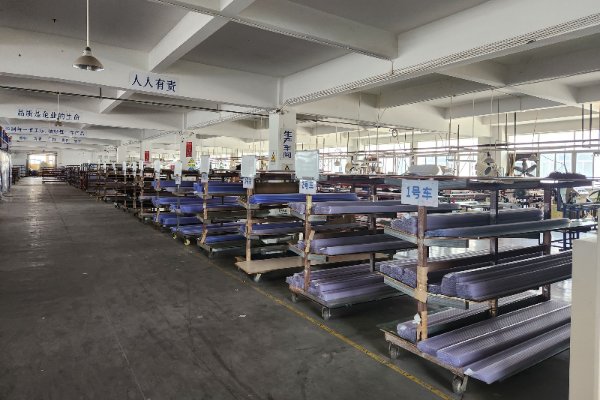Recent Posts
-
The Art of Crafting Shower Room Seal Strips: A Closer Look into the Production Process
Shower room seal strips play a crucial role in maintaining the functionality and durability of our bathrooms
07/01/2023
-
New materials to overturn tradition--TPE Stirps
Why TPE Seals Are the Superior Choice for Your Shower Enclosure: Durable, Eco-Friendly, and Long-Lasting!
09/06/2024
-
Explore TRIDENTSHOWER.COM: Your Ultimate Choice for Shower Enclosures and Hardware Accessories
Explore our range of innovative waterproof strips, magnetic strips, and premium products designed to enhance your bathroom experience. Enjoy exceptional customer service and affordable prices. Transform your bathroom into a beautiful and functional space with TRIDENTSHOWER.COM!
08/08/2024
Understanding Shower Door Seal Strips: Usage and Production Process
Introduction: A shower door seal strip is an essential component that ensures a watertight seal between the shower door and the adjacent surfaces, preventing water leaks and maintaining a clean and dry bathroom environment. In this article, we will delve into the purpose and usage of shower door seal strips, as well as explore the production process behind their creation.
Purpose and Usage: Shower door seal strips are primarily designed to prevent water leakage from the shower area, as water can easily seep through gaps between the door and the surrounding walls or the floor. By creating a secure barrier, these strips help to contain water within the shower enclosure, minimizing the risk of water damage and maintaining a hygienic space.
The seal strips also contribute to the energy efficiency of the bathroom by reducing drafts and heat loss. They act as an effective insulation barrier, helping to keep the warm air inside the shower and prevent cold drafts from entering the room.
In addition to their functional aspects, shower door seal strips also play a role in enhancing the aesthetics of the shower area. They come in various designs, finishes, and colors, allowing homeowners to choose options that complement their bathroom decor and personal style.
Production Process: The production of shower door seal strips involves several steps, combining both manual and automated processes. Here is a general overview of the production process:
Material Selection: The first step is to choose the appropriate material for the seal strip. Common materials include PVC (Polyvinyl Chloride), EPDM (Ethylene Propylene Diene Monomer), and silicone. These materials are flexible, durable, and resistant to water, mold, and mildew.
Extrusion: The selected material is fed into an extrusion machine. The machine heats the material and forces it through a die, which gives the strip its desired shape and dimensions. The extruded material is then cooled and solidified.
Cutting and Trimming: After the extrusion process, the strips are cut to the required lengths using cutting equipment. Trimming may also be performed to remove any excess material or imperfections.
Finishing: This step involves adding finishing touches to the seal strips. It may include processes such as adding texture, embossing, or applying a glossy or matte finish. The finishing process helps improve the aesthetic appeal of the strip.
Quality Control: Before packaging, the seal strips undergo a thorough quality control check to ensure they meet the required standards. This involves inspecting for any defects, such as air bubbles, inconsistencies in dimensions, or imperfections in the finishing.
Packaging: Once the quality control process is complete, the seal strips are packaged and prepared for distribution. They are typically packaged in rolls or cut into individual lengths, ready for installation.
Conclusion: Shower door seal strips are essential components that provide a watertight seal, prevent water leakage, enhance energy efficiency, and contribute to the overall aesthetics of the bathroom. Through a combination of material selection, extrusion, cutting, finishing, and quality control processes, these strips are manufactured to meet high standards of functionality and durability. By understanding their purpose and production process, homeowners can make informed choices when selecting and installing shower door seal strips, ensuring a pleasant and leak-free showering experience.











